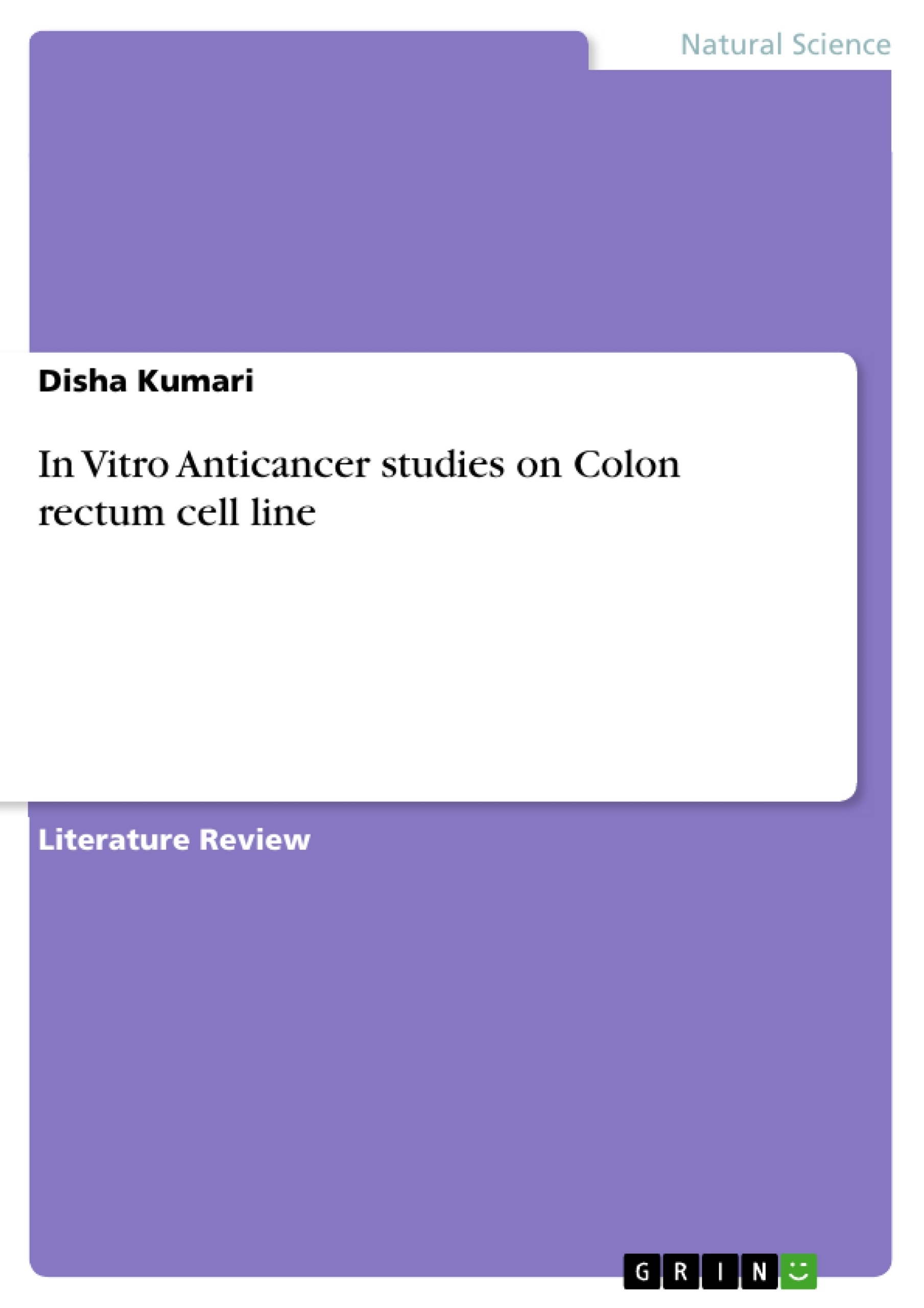Quercetin is scientifically known as 3,3',4',5,7-pentahydroxyflvanone which was given by IUPAC. Quercetin is derived from a latin word known as "Quercetum" that means oak forest. This comes under the class known as Flavanols that is not produced by human body. The quercetin is yellow in color that is poorly soluble in hot water, partially soluble in alcohol and is insoluble in cold water. It is most widely used Flavonoid worldwide to treat many disorders. It shows many biological activities like antiallergenic, antiviral, vasodilating and anti-inflammatory disorders, anti-platelet, anti-tumor, anti-oxidant and treatment of neuro degenerative disorders. There are many sources of quercetin as it is mostly found in fruits, vegetables and certain beverages. It is used in preventing injuries as they activate the anti-oxidant enzyme, reduction of alpha tocopheryl radicals, inhibits the oxidases, metal chelating activity, mitigation of oxidative stress caused by NO, increases uric acid level, increases the antioxidant properties of low molecular antioxidants and they also oxidize other compounds and act as pro oxidants
Inhaltsverzeichnis (Table of Contents)
- Introduction
- Literature Review
- Procedure
- Result and Discussion
- Conclusion
- References
Zielsetzung und Themenschwerpunkte (Objectives and Key Themes)
This work investigates the potential of quercetin and cucurbita for anticancer applications. It explores the biological activities of these natural compounds, including their anti-inflammatory, antioxidant, and anticancer properties. The study aims to determine the efficacy of quercetin and cucurbita in inhibiting cancer cell growth and promoting apoptosis.
- Anticancer properties of quercetin and cucurbita
- Biological activities of quercetin and cucurbita
- Mechanism of action of quercetin and cucurbita in cancer cell inhibition
- Pharmacological importance of quercetin and cucurbita
- Potential therapeutic applications of quercetin and cucurbita in cancer treatment
Zusammenfassung der Kapitel (Chapter Summaries)
- Introduction: This chapter introduces quercetin and cucurbita, discussing their scientific names, sources, and biological activities. It highlights the potential of these compounds in treating various disorders, including cancer.
- Literature Review: This chapter reviews existing research on quercetin and cucurbita, focusing on their anticancer properties and mechanisms of action. It explores studies demonstrating their ability to inhibit cancer cell growth, induce apoptosis, and protect against oxidative stress.
- Procedure: This chapter details the methodology employed in the in vitro anticancer studies. It outlines the experimental design, cell lines used, treatment protocols, and methods for evaluating cell viability and apoptosis.
- Result and Discussion: This chapter presents and discusses the findings of the in vitro studies. It analyzes the effects of quercetin and cucurbita on cancer cell growth and apoptosis, comparing the results to control groups.
Schlüsselwörter (Keywords)
Quercetin, cucurbita, anticancer, apoptosis, inflammation, antioxidant, in vitro, cell line, colon rectum, cancer treatment, natural compounds, pharmacological importance, therapeutic potential.
- Citar trabajo
- Disha Kumari (Autor), 2019, In Vitro Anticancer studies on Colon rectum cell line, Múnich, GRIN Verlag, https://www.grin.com/document/469110



